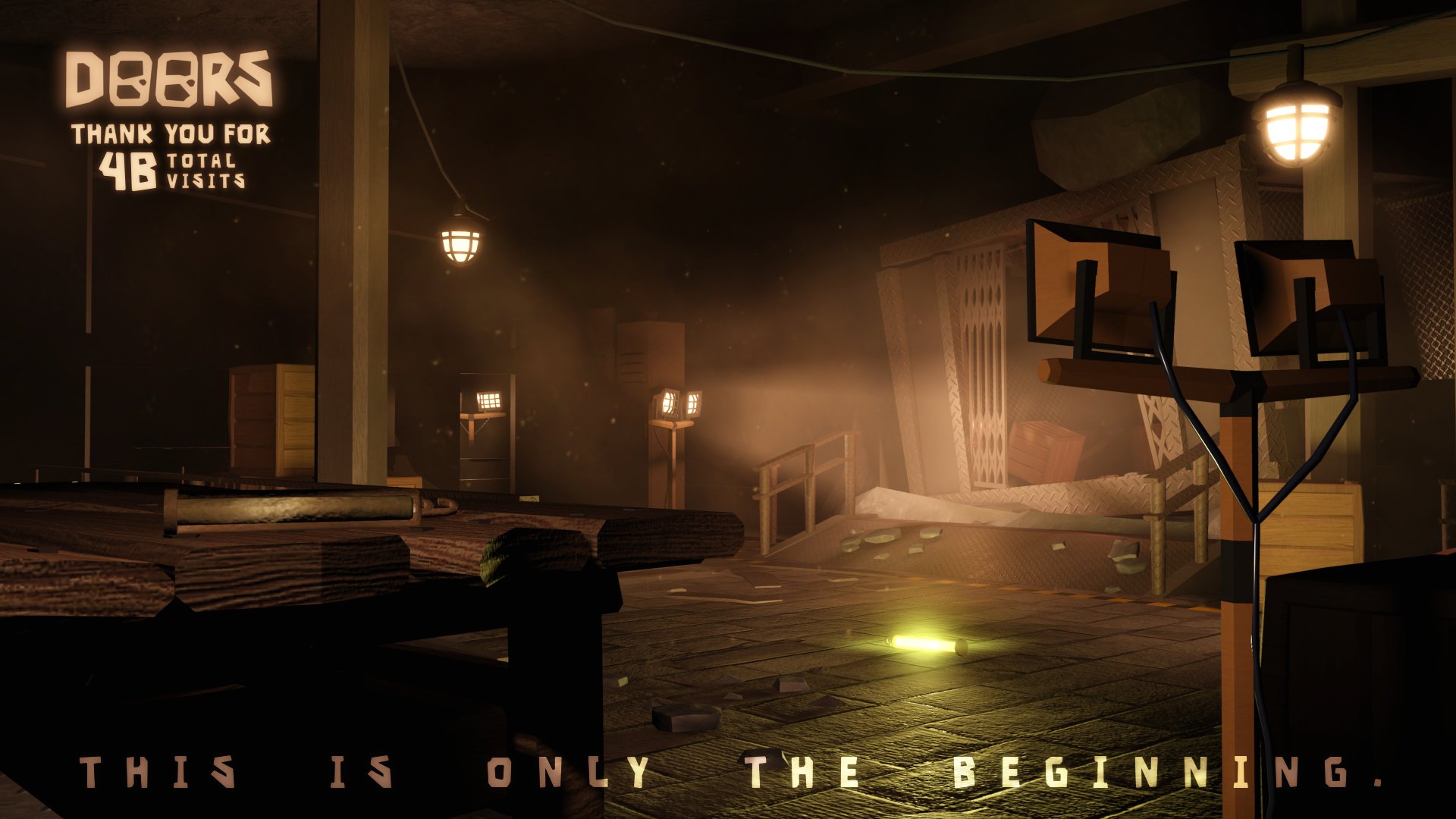Changes in Management After 18F-DCFPyL PSMA PET in Patients
Por um escritor misterioso
Descrição
Prostate-specific membrane antigen (PSMA) tracers have increased sensitivity in the detection of prostate cancer, compared with conventional imaging. We assessed the management impact of 18F-DCFPyL PSMA PET/CT in patients with prostate-specific antigen (PSA) recurrence after radical prostatectomy (RP) and report early biochemical response in patients who underwent radiation treatment. Methods: One hundred patients were enrolled into a prospective study, with a prior RP for prostate cancer, a PSA of 0.2–2.0 ng/mL, and no prior treatment. All patients underwent diagnostic CT and PSMA PET/CT, and management intent was completed at 3 time points (original, post-CT, and post-PSMA) and compared. Patients who underwent radiotherapy with 6-mo PSA response data are presented. Results: Ninety-eight patients are reported, with a median PSA of 0.32 ng/mL (95% CI, 0.28–0.36), pT3a/b disease in 71.4%, and an International Society of Urological Pathology grade group of at least 3 in 59.2%. PSMA PET/CT detected disease in 46.9% of patients, compared with 15.5% using diagnostic CT (PSMA PET, 29.2% local recurrence and 29.6% pelvic nodal disease). A major change in management intent was higher after PSMA than after CT (12.5% vs. 3.2%, P = 0.010), as was a moderate change in intent (31.3% vs. 13.7%, P = 0.001). The most common change was an increase in the recommendation for elective pelvic radiation (from 15.6% to 33.3%), nodal boost (from 0% to 22.9%), and use of concurrent androgen deprivation therapy (ADT) (from 22.9% to 41.7%) from original to post-PSMA intent because of detection of nodal disease. Eighty-six patients underwent 18F-DCFPyL–guided radiotherapy. Fifty-five of 86 patients either did not receive ADT or recovered after ADT, with an 18-mo PSA response from 0.32 to 0.02 ng/mL; 94.5% of patients had a PSA of no more than 0.20 ng/mL, and 74.5% had a PSA of no more than 0.03 ng/mL. Conclusion: 18F-DCFPyL PET/CT has a significant impact on management intent in patients being considered for salvage radiotherapy after RP with PSA recurrence. Increased detection of disease, particularly in the pelvic lymph nodes, resulted in increased pelvic irradiation and concurrent ADT use. Early results in patients who are staged with 18F-DCFPyL PET/CT show a favorable PSA response.

The Impact of 18F-DCFPyL PET-CT Imaging on Initial Staging

Development of PSMA-1007-Related Series of 18F-Labeled Glu-Ureido

Effect of 18F-DCFPyL PET/CT on the Management of Patients with
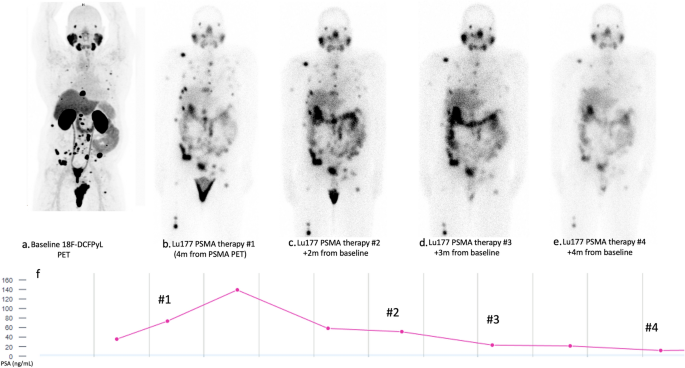
PSMA PET imaging in the diagnosis and management of prostate
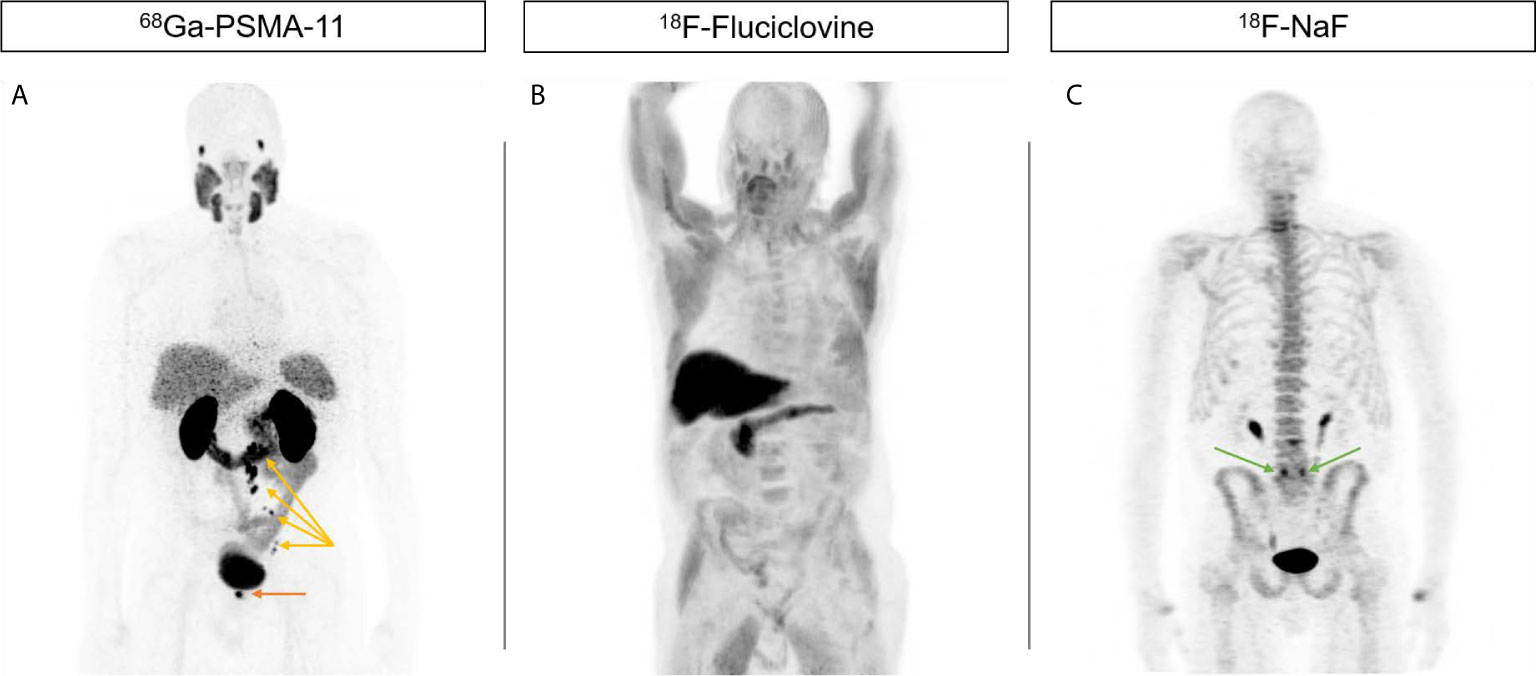
Frontiers Incorporating PSMA-Targeting Theranostics Into

A Phase 2/3 Prospective Multicenter Study of the Diagnostic
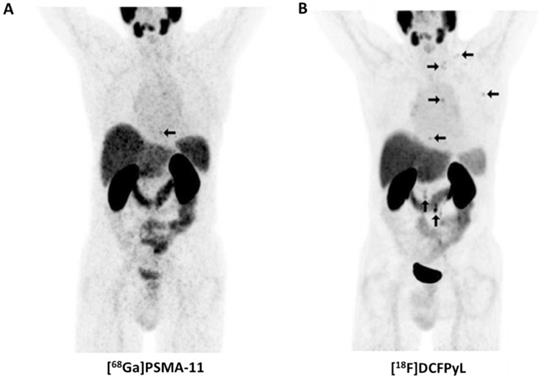
18F-Labeled, PSMA-Targeted Radiotracers: Leveraging the Advantages
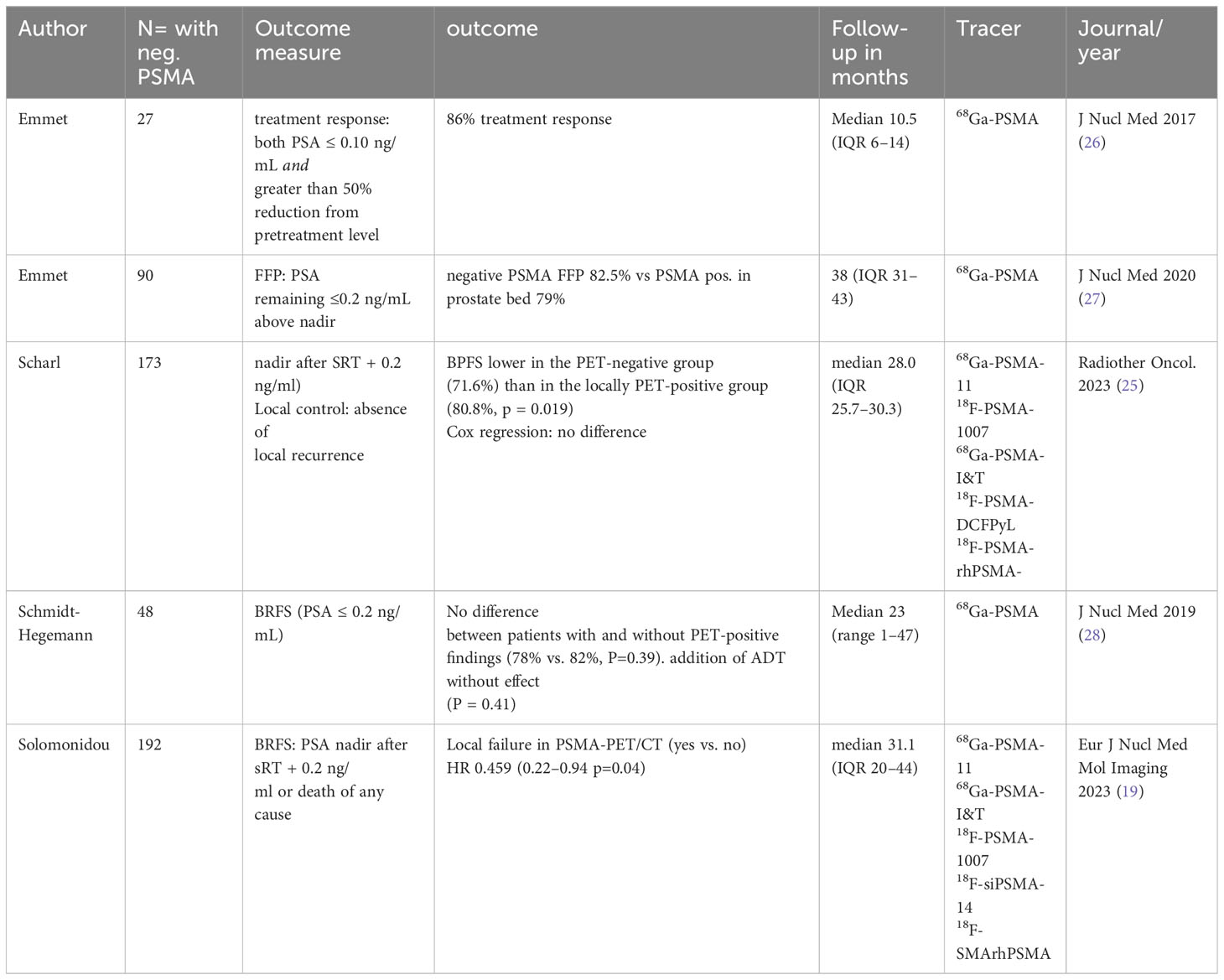
Frontiers Can PSMA PET/CT help in dose-tailoring in post

The Impact of 18F-DCFPyL PET-CT Imaging on Initial Staging

GenesisCare in collaboration with Cyclotek, conducts a 100 patient

PSMA PET in Imaging Prostate Cancer. - Abstract - Europe PMC

Effect of 18F-DCFPyL PET/CT on the Management of Patients with

Full article: Piflufolastat F-18 (18F-DCFPyL) for PSMA PET imaging
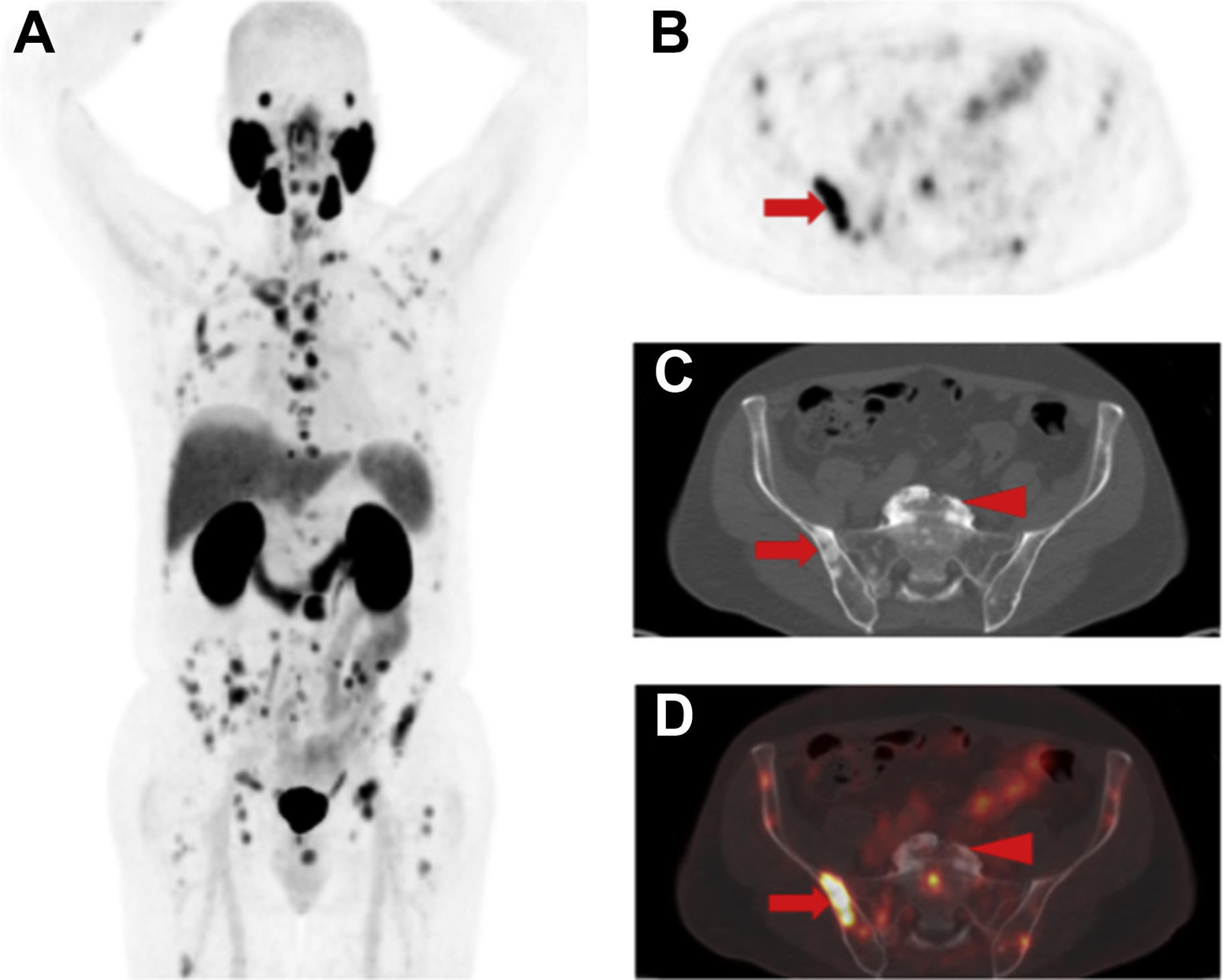
PET Imaging for Prostate Cancer
de
por adulto (o preço varia de acordo com o tamanho do grupo)





